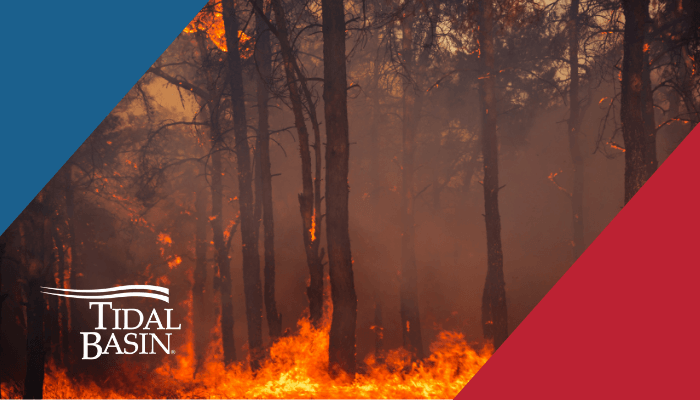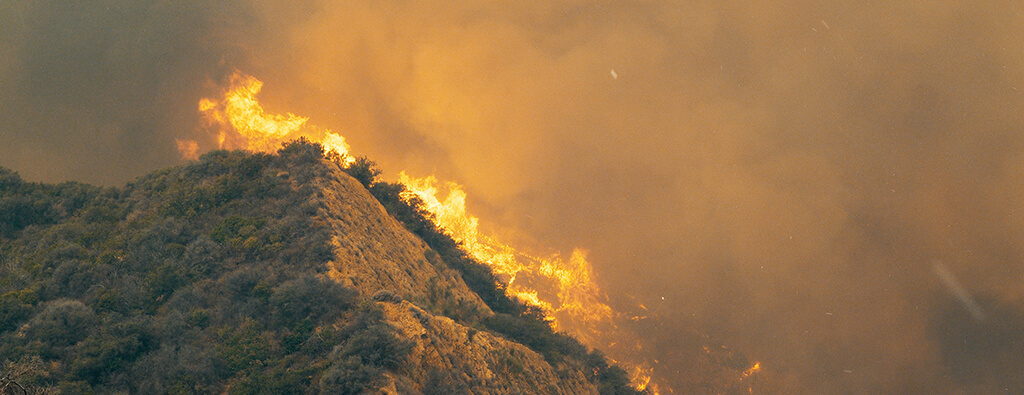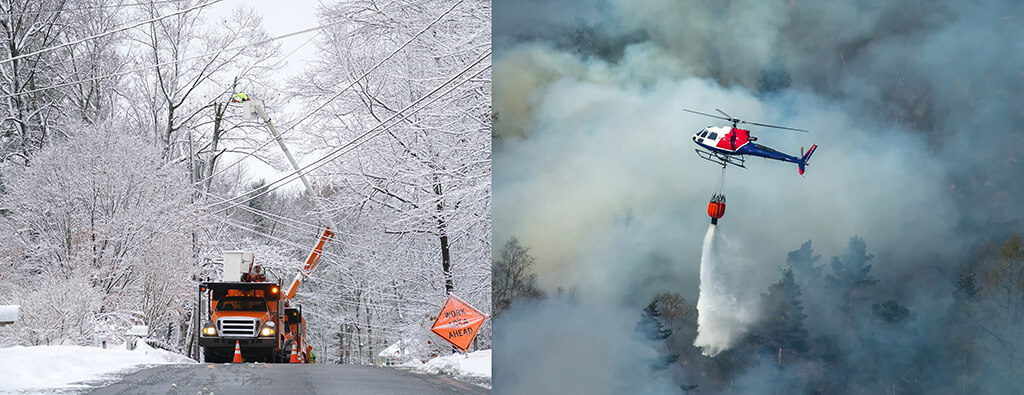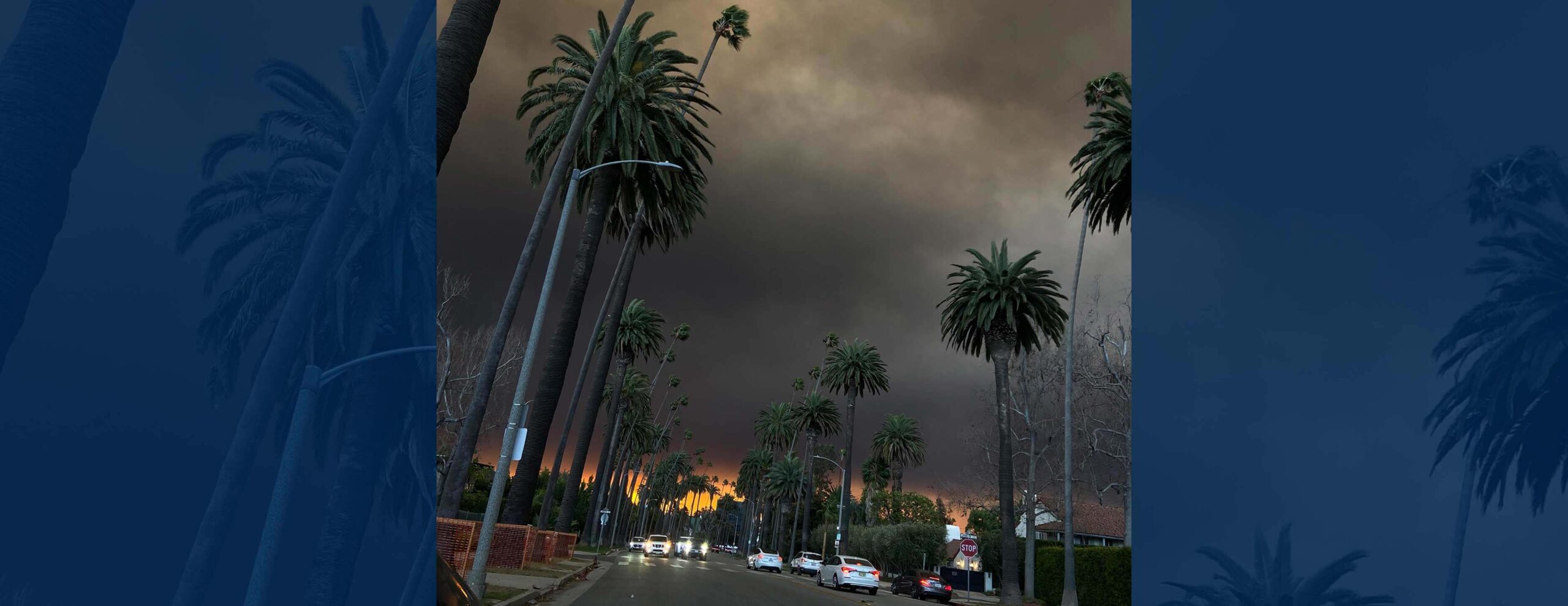Tidal Basin reviews the biggest disasters of the year
This year will be remembered as the year of disasters, with not only a world pandemic impacting every state in the union, but several other significant disasters impacted entire regions of the country. Tidal Basin identified the Top Ten Disasters of 2020, from wildfires in the Western U.S. to the historic record-breaking hurricane season, and of course the obvious greatest disaster event of the year, the COVID-19 pandemic.
Although there were many regional and local disasters around the U.S. this year, the events we have identified had significance due to historical records, the number of people impacted or the estimated financial impact to insured and uninsured property.
#10: The 2020 Washington State Wildfire Season
Wildfires are not uncommon in the Western U.S. Due to extremely dry conditions and extreme winds, this season’s wildfire impacts were historical in Washington, Oregon, and California. We’ll address the Oregon and California impacts as we continue our countdown of the Top Ten Disasters of 2020. According to records, more wildfires were reported in Washington in 2020 than any other previous year.
Across Washington State, the 2020 spring season was very wet, particularly in the central and western areas of the state. However, by summer the faucet was turned off and no significant measurable rainfall was recorded in over 60 days between June and August according to the Spokane National Weather Service Office. The addition of record high temperatures for several weeks created a combustible environment providing all the ingredients to spark massive wildfires.
“It was a pretty big year for us, we’ve been keeping records for the number of acres burned since 1970, just in our coverage area approximately 940,000 acres were destroyed. Annually, we average approximately 90,000 acres burned in a season,” said Stephen Bodnar, Fire Weather Program Leader with the National Weather Service in Spokane Washington.
[image src=»/assets/drought.png» id=»35069″ width=»456″ height=»235″ class=»right ss-htmleditorfield-file image»]The extreme number of fires were fueled by moderate to extreme drought conditions across the Pacific Northwest. According to a September 1 update by the U.S. Geological Survey’s Drought Monitor Index, Washington State and Oregon were experiencing moderate to severe drought conditions at the time of the most intense wildfires (see graphic).
The most destructive event of the season was the Labor Day Fire Storm which burned over 300,000 acres in just a few days. The event was fueled by high winds which resulted in approximately 80 fires in the Malden andPalouseareas of Eastern Washington.
Bodnar says its too early to tell how the 2021 season will turn out. Several considerations will factor into the likelihood of another extremely active fire season including the extent of the winter snow pack, spring rainfall, and potential summer heatwaves. Unfortunately, significant rainfall in the spring helps to spawn new under growth in the forests across the state said Bodnar. When you combine that with extreme drought and heat conditions in the summer, it creates the perfect set up for an active fire season. “Looking at climate studies since 1950, our springs are trending wetter, and our summers are trending hotter,” said Bodnar.
Stay tuned for #9 on our list of the Top Ten Disasters of 2020



